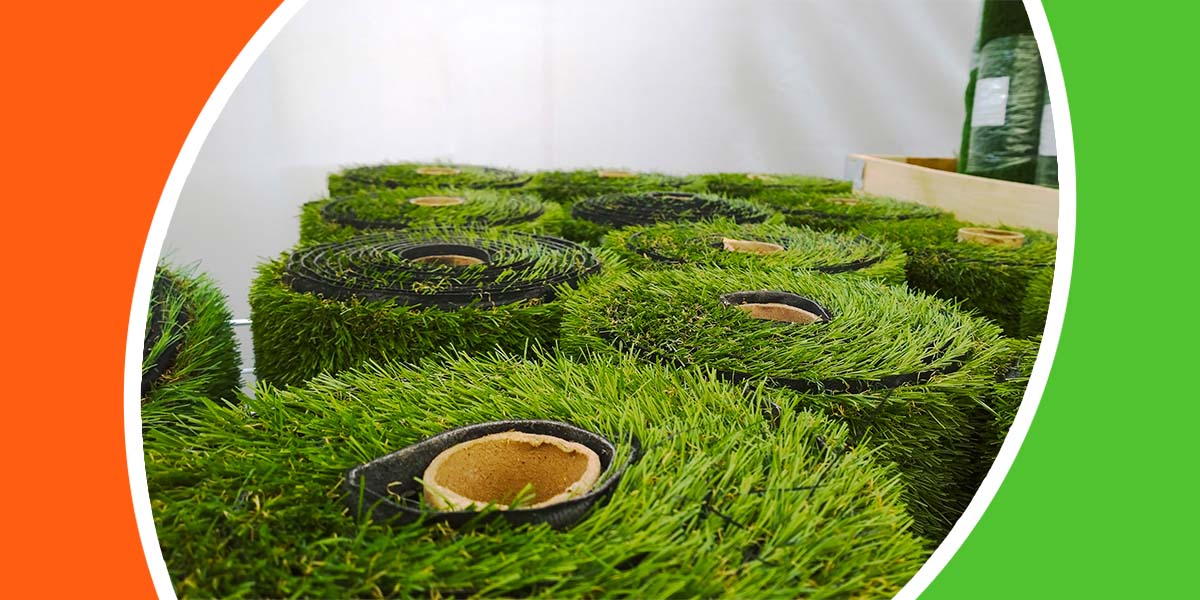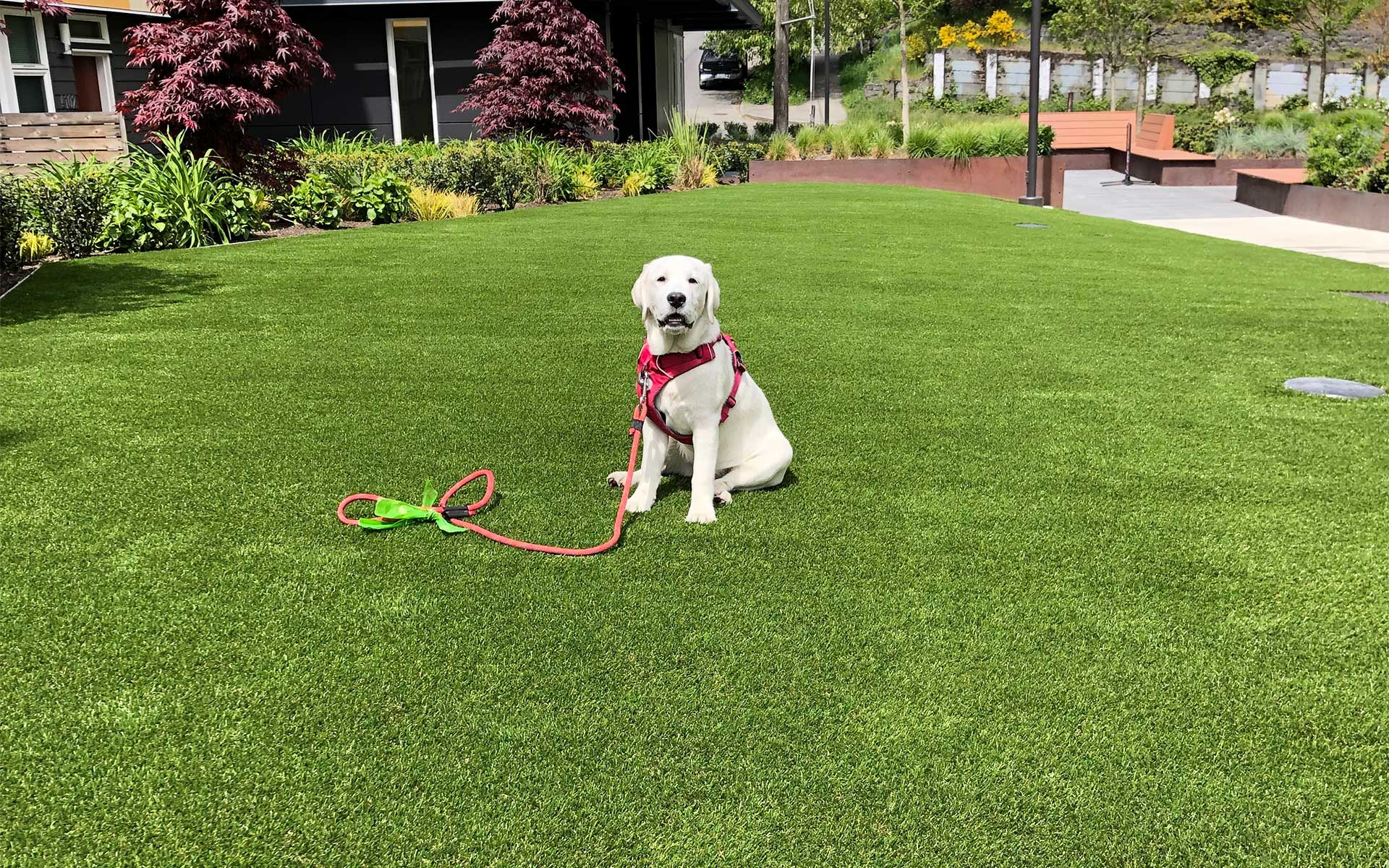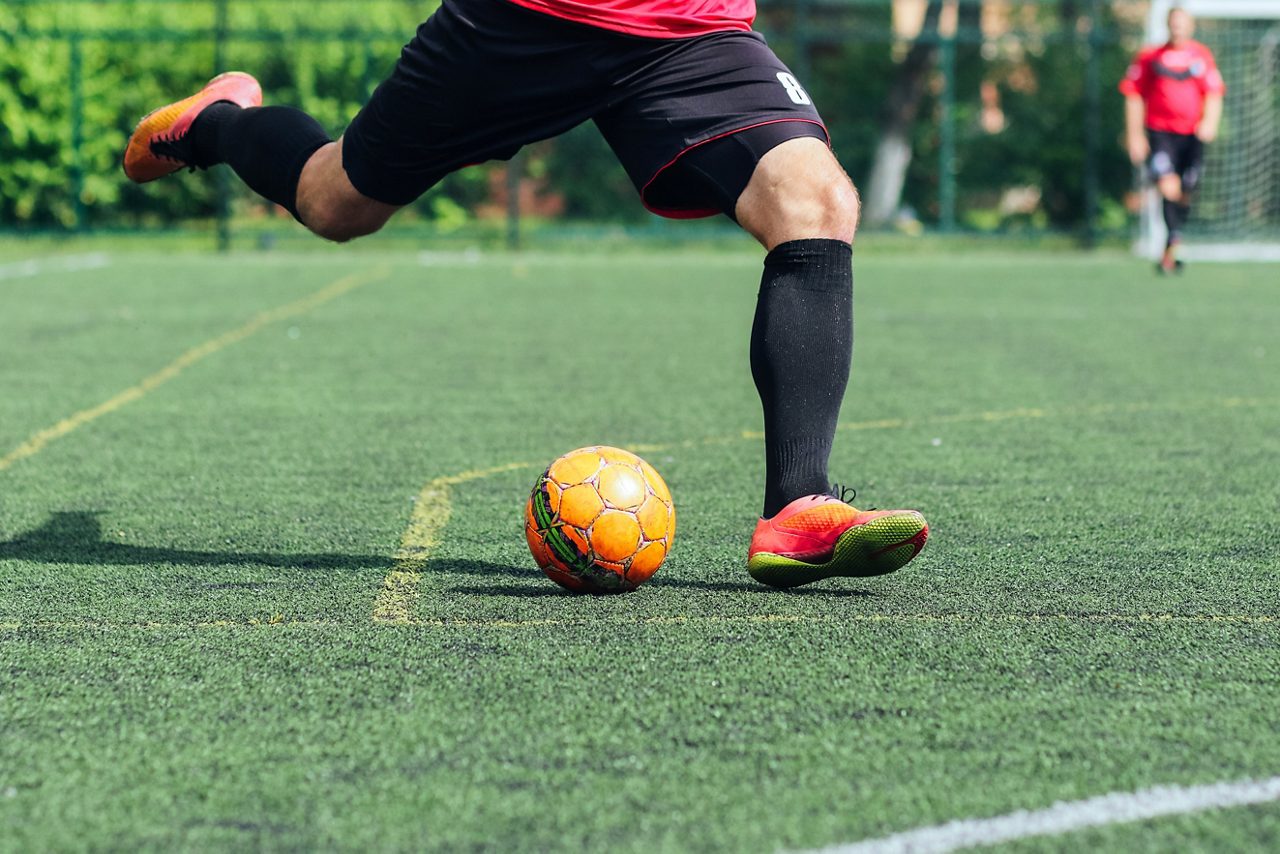High-Quality Arizona Turf Options for a Beautiful and Green Landscape
High-Quality Arizona Turf Options for a Beautiful and Green Landscape
Blog Article
Delve Into the Environmental Benefits of Opting for Synthetic Grass Solutions
The fostering of synthetic grass options provides a compelling chance to address pressing environmental challenges. By considerably lowering water usage and decreasing the application of damaging chemicals, these choices not just advertise lasting landscaping however also protect neighborhood ecological communities. Furthermore, the lower carbon impact connected with decreased maintenance tasks adds to a much more lasting technique to land administration. The effects of these advantages prolong beyond simple preservation initiatives, increasing questions regarding their long-term influence on habitat conservation and overall environmental balance. Checking out these dimensions exposes a complex interaction worth taking into consideration.
Water Preservation Conveniences
One of the most significant advantages of synthetic grass is its capacity to conserve water. Standard grass lawns require substantial watering, specifically in locations vulnerable to drought or water constraints. In comparison, fabricated lawn does not need watering, dramatically lowering the total demand for water sources. This function is particularly helpful in dry regions where water deficiency is a pushing problem.
By removing the requirement for normal watering, man-made turf adds to lasting landscape methods and helps minimize the environmental impact of too much water usage. The conservation of water prolongs to the decrease of drainage, which can lead to soil erosion and waterway contamination.
Additionally, the installment of synthetic grass allows home owners and districts to allot water sources extra effectively, concentrating on vital usages such as drinking water and farming. The shift towards fabricated turf not only promotes responsible water usage however also aligns with broader ecological objectives intended at maintaining all-natural sources.
As areas significantly focus on sustainability, the water conservation advantages of synthetic grass provide a compelling case for its adoption in industrial and property landscape design projects.
Reduced Chemical Use
The shift to synthetic grass dramatically decreases the dependence on chemical therapies typically used in natural grass upkeep. Conventional turf management normally involves the application of plant foods, chemicals, and herbicides to advertise growth and control pests. These chemicals can pose dangers to human wellness, local wild animals, and the atmosphere, adding to soil and water contamination.
On the other hand, fabricated grass removes the need for these hazardous materials. Once installed, it requires marginal maintenance, mainly consisting of normal cleaning and occasional infill replenishment. This decrease in chemical use not just profits the immediate atmosphere yet also adds to broader environmental stability. By lessening the launch of synthetic compounds right into the community, fabricated turf promotes much healthier dirt and water systems.
Furthermore, the absence of chemical overflow linked with synthetic grass setups helps safeguard regional waterways from air pollution, supporting aquatic life and maintaining biodiversity. Artificial turf companies phoenix. As neighborhoods significantly prioritize sustainable practices, choosing man-made lawn offers a practical remedy that straightens with environmental conservation objectives. Through this shift, homeowner can enjoy lavish eco-friendly spaces without compromising ecological health, paving the means for a much more sustainable future
Lower Carbon Impact

Furthermore, the setup of fabricated turf can lead to considerable water preservation. All-natural lawns need substantial amounts of water for watering, which not just includes in the carbon footprint connected with water extraction and treatment however likewise strains regional water sources. On the other hand, fabricated grass needs marginal upkeep, needing no watering, consequently significantly decreasing water use and its connected energy her response costs.
Furthermore, the durability of fabricated turf adds to its lower carbon effect. With a life-span of approximately 15 years or more, the requirement for regular replacements is diminished, resulting in less waste and reduced power consumption in manufacturing and taking care of traditional yard options. Generally, fabricated grass presents a lasting choice for ecologically aware landscaping.
Environment Conservation
Habitat preservation is an essential factor to consider in the dispute over landscape design options, especially when comparing synthetic turf to all-natural lawn. All-natural turf lawns frequently need extensive upkeep, including making official statement use of pesticides, herbicides, and fertilizers, which can negatively impact neighborhood ecological communities. These chemicals can leach into the dirt and waterways, damaging native plants and animals and interrupting local environments.
Fabricated lawn gets rid of the requirement for harmful chemicals, thus securing nearby wildlife and maintaining the honesty of bordering ecosystems. The setup of synthetic grass can lead to the conversion of former grass areas into more biodiverse landscapes, such as pollinator yards or indigenous plant locations, which can sustain regional wildlife.
Eventually, the shift to fabricated grass not just conserves water and decreases maintenance initiatives but additionally fosters a more unified relationship between human tasks and the natural surroundings, advertising habitat preservation while doing so.
Long-Term Sustainability
Lasting sustainability is a vital consider assessing the advantages of synthetic grass over conventional grass yards. One of one of the most significant advantages of synthetic lawn is its durability; it can last approximately 15-20 years with very little maintenance, whereas all-natural grass needs regular reseeding and substitute. This durability reduces the requirement for continuous sources, such as water, fertilizers, and chemicals, which are vital for keeping a healthy and balanced grass yard.
In addition, man-made grass adds to a reduction in carbon discharges linked with yard care equipment. Standard lawns usually require gas-powered mowers, trimmers, and blowers, original site every one of which add to air contamination. Turf installation phoenix az. On the other hand, synthetic grass eliminates the need for such devices, promoting a cleaner atmosphere
Moreover, the production of synthetic grass progressively uses recycled materials, improving its sustainability profile. As suppliers adopt green practices, the environmental impact of fabricated turf remains to decrease.

Verdict
The fostering of synthetic grass options offers substantial ecological benefits, including significant water preservation, minimized dependence on dangerous chemicals, and a lower carbon impact. Artificial lawn help in protecting natural environments by decreasing land disruption and promoting long-term sustainability via the usage of long lasting materials. Jointly, these variables underscore the capacity of synthetic grass to contribute positively to ecological health and wellness and provide a viable option to standard landscaping techniques in a significantly resource-conscious world.
In contrast, synthetic turf does not need watering, significantly lowering the general need for water sources. By decreasing the release of artificial compounds right into the ecological community, synthetic lawn promotes healthier dirt and water systems.
In addition, the installation of fabricated turf can result in significant water conservation. In comparison, man-made grass needs minimal upkeep, calling for no watering, thus significantly lowering water usage and its linked energy expenses.

Report this page